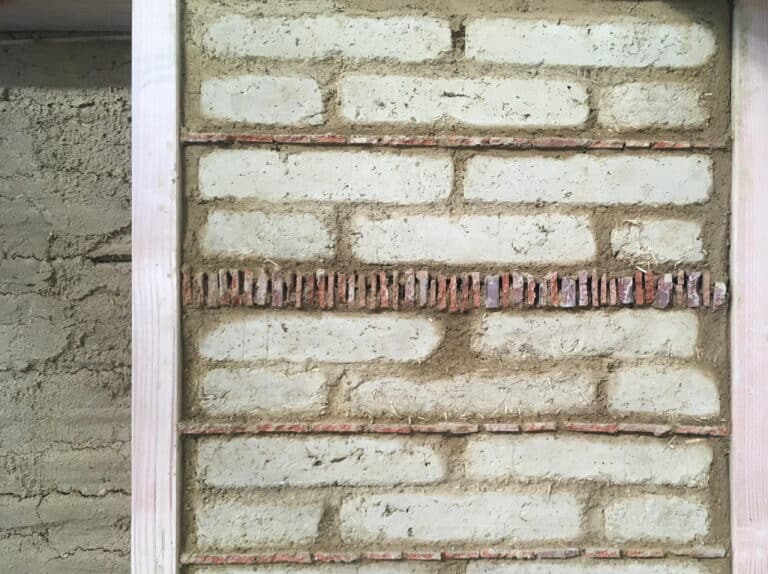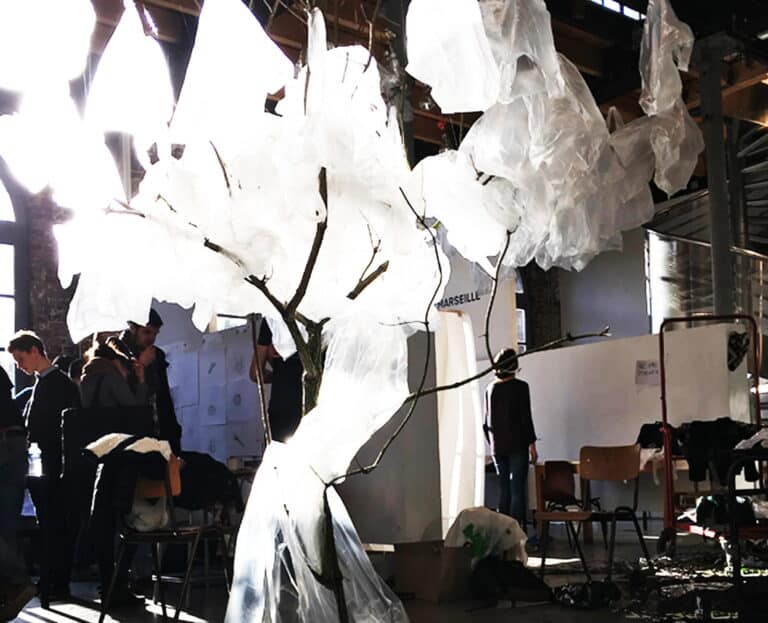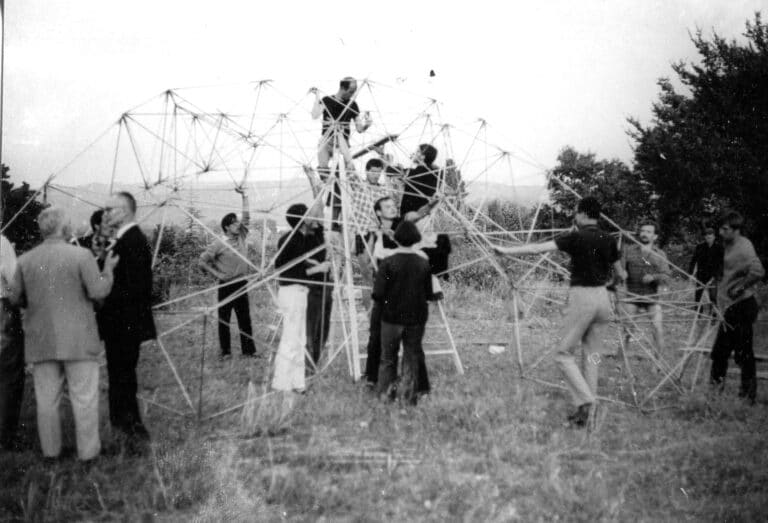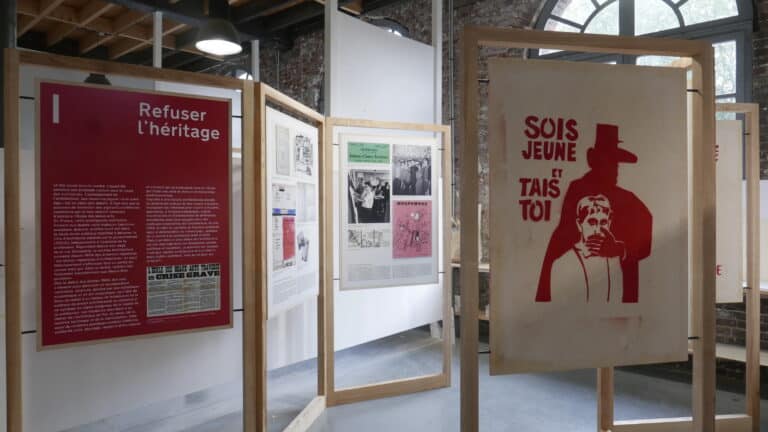ATE's research skills and activities are divided into four thematic areas, in line with the organization of ENSA Normandie's research activities.
These thematic perspectives address three objectives:
contribute to the understanding and promotion of the diversity of knowledge and professions in architecture;
to meet the expectations of society;
to bring research and architectural practice closer together by consolidating its local roots, while maintaining its international ambition.
ARCHE - "Architecture, Environment and Constructive Cultures
AXE 1
The ARCHE thematic axis, centered on the architectural potential of certain ecomaterials, is associated withexperimentation, whose study and practice we wish to amplify, whether it be pedagogical, operational within the framework of the architectural project or scientific. Today, this axis is the object of epistemological reflections, put at the service of teaching in sciences and techniques and in architectural projects, studied by doctoral students. It will be developed through shared equipment projects.
Key words: environment, resources, materiality, heritage, building culture, atmosphere, experimentation


Creation - "Sensitive devices
AXE 2
The purpose of the Creation axis is to develop knowledge in the fields of theory, design and projects in architecture, urban planning and landscape, as well as in the field of artistic production carried out within the framework of ENSA Normandie. Its objective is to extend the field of knowledge on the creative process by articulating in an explicit and diverse way academic research and production of works.
At the intersection of thefields of architecture, visual arts and cinema, this axis questions the modalities of our modes of creation and design. It will seek to encourage the creation of doctorates that include the production of project work or artistic creation, the knowledge of which can benefit both teaching and architectural, urban and landscape production. The aim is to build a space for scientific exchange that will allow the various disciplines of architectural training to be approached from the perspective of architectural creation and its own determinations.
This axis aims to question the epistemology of scientific research from the point of view of architectural and artistic creation, which engages processes of judgment, thought and validation belonging to aesthetics as a science of sensitive knowledge. The orientation of the axis also favors research projects in architecture associating pedagogical experiments in plastic and visual arts, as well as in art schools as in architecture schools.
Keywords : architecture, art, design, creation, epistemology, aesthetics, project
URRbs - " Resilient Urbanities and Ruralities
AXE 3
The URRbs thematic axis is devoted to theanalysis of the transformations of the built space (urban, rural and their imbrications and in-between) and is based on diachronic and multiscalar approaches, from the territory to the habitat.
Are analyzed both:
the landscape, urban and architectural characteristics of the building, with a view to highlighting its sustainability and resilience;
environmental, societal and heritage issues that have an impact on the spatial organization of contemporary territories;
the responses of territorial actors to emerging issues.
The research approaches are intended to be multidisciplinary and mobilize relationships with French and international academic institutions.
Keywords: territorial mutations, sustainable cities and territories, heritage, metropolization, resilient urbanities and ruralities, urban project, public policies


Mediations - "Culture, knowledge, mediation of architecture
AXE 4
The Mediations thematic axis concerns a vast set of discourses and practices that contribute to the dissemination of architectural and urban culture, notably through teaching, publications, exhibitions and the animation of public debate.
It federates and directs various research projects that are carried out at ENSA Normandie around :
of architectural education, its history, and its actuality, such as the ANR Ressources. This ANR aims to produce digital resources to accompany the hybridization of teaching. It sets up courses on construction and rehabilitation in bio-based materials, it is carried by Amaco and a consortium of ENSA, INSA Lyon and the school of Chaillot;
activities of cultural mediation and animation of the public debate, within the framework of citizen participation and consultation, such as the project "Cultural resources and urban project: the medium-sized cities of the Second Reconstruction" within the framework of the interministerial call for projects "Architecture of the XXth century: project material for the sustainable city of the XXIst century" and in particular its collaborative platform for the users of the city;
publications and exhibitions on architecture and urbanism, with a particular focus on theory, criticism and history.
Keywords: history of education, pedagogy, cultural mediation, participation, cultural transfers and circulation of knowledge, architectural and urban criticism